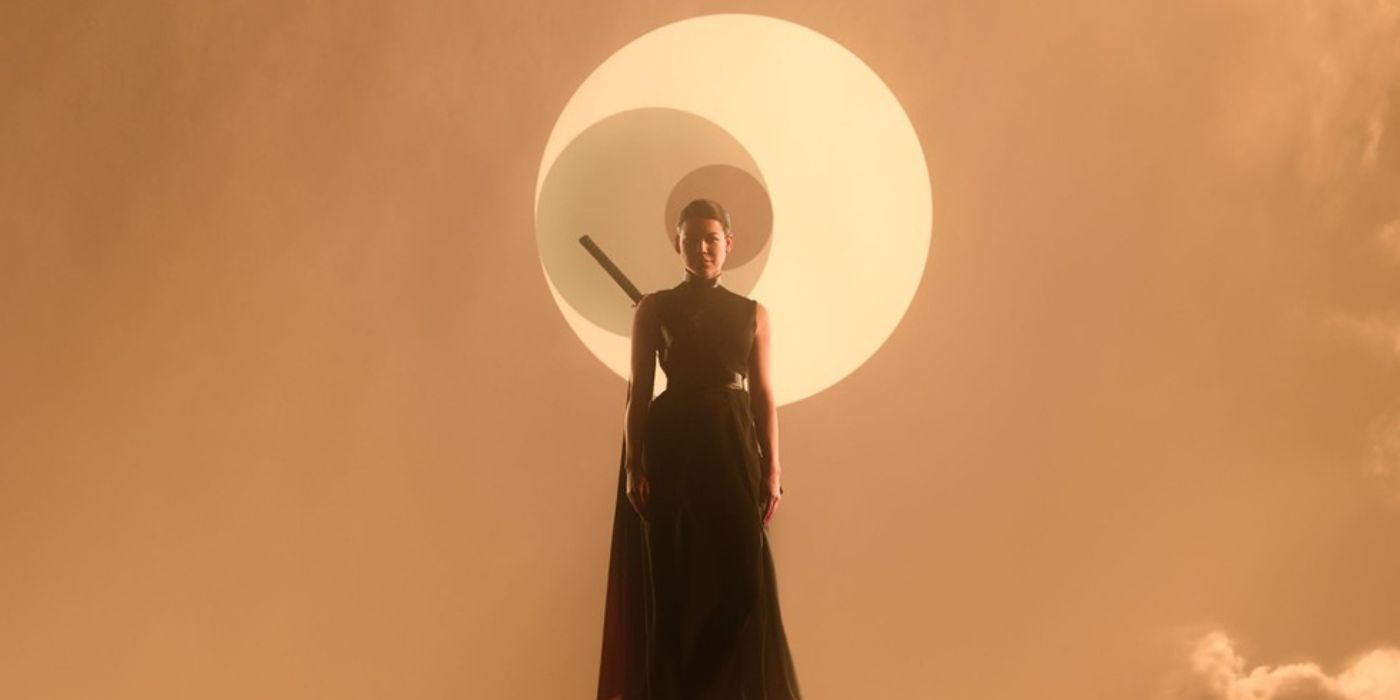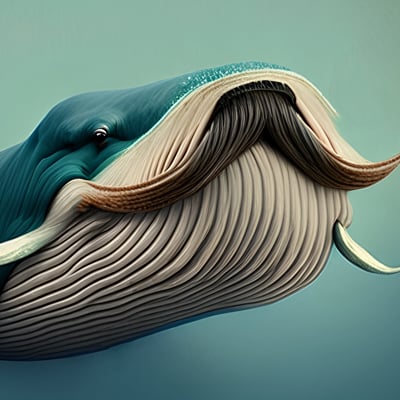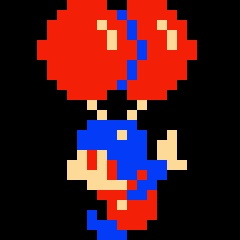If there’s comparable oceans, tides would get a bit chaotic. Unless they’re pretty much balancing themselves out- their orbits would basically have to be circular and their mass balanced with their barycenters all in the same place. If the orbits are different (which is almost certainly true), then the tides get weird fast. (Think like super tides where all the moons are in alignment.)
Also the moons would muck about with things like satellites orbiting, and probably have chaotic orbits themselves as they push and pull on each other. (For example the moon doesn’t have a stable gravity field, as satellites orbit it, it pulls them out of neat orbits.)
2 suns would depend on a few things- how far and what stellar type? Is it a relatively stable binary or is one ingesting the other?
If they’re fairly stable and not spitting out angry stellar winds, and your planet is in the Goldilocks zone, your seasons would get whonky, especially if you orbit both stars or you mostly orbit one star and get pulled around in whonky ways by the second.
You can have some really weird shaped (and stable!) orbits that would change seasons and day night cycles in some ways. (You could even have an orbit that’s just in a line, bouncing between them, or bean-shaped orbits, etc. random loops added in when your planet gets too close.)
The chaotic orbits might strip moons off (and maybe they come back.)
You might have weird religions.
.torrent
If you want you get a good idea about the complexity, there is a sci-fi novel called “Three Body Problem” by Liu Cixin. It lays out a situation with 3 suns and it’s very messy (not a spoiler).
The details are important. How big are the suns, how do they revolve around each other? I’m not going to pretend to be able to do the math if I had the details. But it throws into question if life on earth would have developed at all. And it it did it would be very different. Our planet has won the lottery. It got an atmosphere, is far enough from the sun but not too far away to benefit from its energy. A stable orbit gives us four seasons. A lot of life on this planet has developed around that and around one moon giving us predictable tides. All of that would be messed up, a livable earth would probably need to be further out from the bi-suns. The slow process of evolution likes relative stability. Two suns pulling on everything would provide the opposite. That’s why I would lean towards no life actually. Greater mass at the center of the bisolar system would also raise the odds of getting hit by a rock. The moons might be slamming into each other and then the planet.
What I’m saying is it’s not a good idea…
I consider the “Three Body Problem” as unrealistic. Such a system would be far too unstable for any kind of life to develop. Most likely, a planet in such a system ends up inside one of the suns, or thrown to outer space. And even if this system has a core of two suns orbiting each other, and the planet orbiting far outside in a halfway stable orbit, it would probably suffer from a kind of tidal effect by the suns, making it geologically … interesting.
A lot more moisture farming and shooting womp rats. Occasional space wizards. That sort of thing
The tide would be crazy
A civilization on a planet without a moon would probably say the same about earth. I wonder how they would imagine life on our planet to be in comparison to their sad, stable moon-less lives.
Calendars would get really messy
Doomsday prophecies would also have a few extra layers of complexity.
More suns (or other large gravity wells close and big enough to make a difference) will make the planets’ orbit rather unstable, probably moving it in and out of the Goldilocks zone on a regular base. Chances are that it ends up either inside one of the suns or in outer space before something serious can develop on it.
Having a bunch of moons, well it depends on the mass and orbits. if they are similar in mass, they will eventually synchronise their orbits, creating six tides a day. Or they don’t synchronise and collide, which would be rather inconvenient.
All in all, not a good idea to live on such a planet. We are seriously lucky to have only one sun, one (amazingly large) moon, and that Jupiter is that far away.
There is software with which you can simulate such constellations. Give it a try.

Good luck finding a stable orbit for that. It’s hard enough to calculate our sun, earth and moon. With six bodies it’ll take a long while to calculate something that can last the billions of years needed for life to evolve.
Maybe if one star is similar to our sun and the other similar to Jupiter it could work.
Well, you have to assume that the orbit is stable, since life takes billions of years to evolve.
Probably two stars orbiting each other (or a common center of gravity) and the earthlike planet is like 95% in the Goldilocks zone, like some periods of tropical climate and some of icy conditions.
Or the system has one star like the sun in the center and another one far, far away, yet still orbiting.
Would be a mathematical nightmare to calculate
No tides as a large moon would knock any other moons out of orbit - this means the moons are too small to support a tide.
You wouldn’t want to be a werewolf, that’s for sure. Or a vampire.









